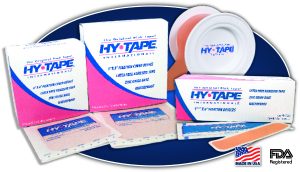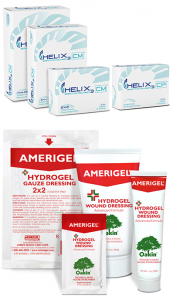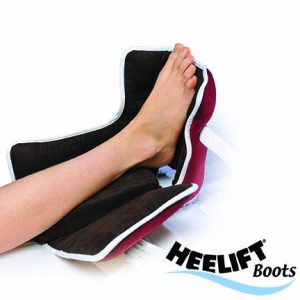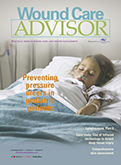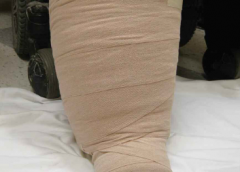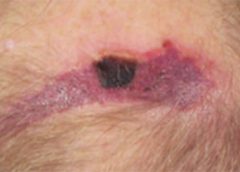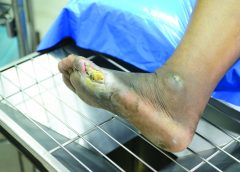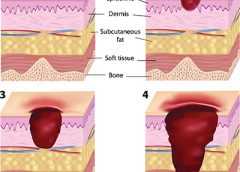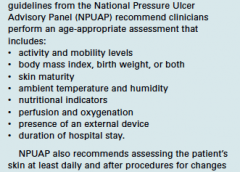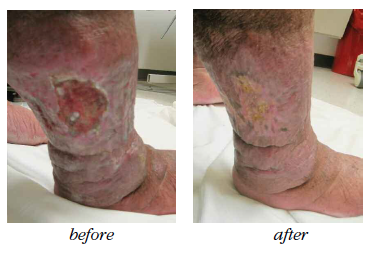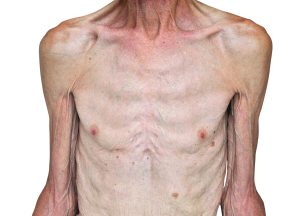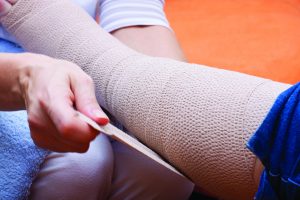Search Results for: R
Product Dossier
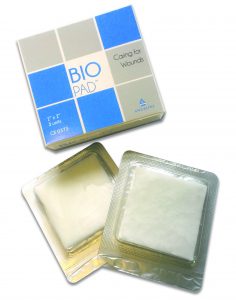
BIOPAD: 100% equine Type-1 collagen primary wound dressing
EXSEPT PLUS: electrolytically-produced Sodium Hypochlorite wound cleanser
SILVERSTREAM: Ionic Silver wound cleanser with menthol
ANIOSGEL 85 NPC: HYDROALCOHOLIC ANTISEPTIC GEL for skin and hands BLEACH WIPES 1: 10/1:50 : ready-to-use bleach wipes for surfaces disinfection
Angelini Pharma Inc. has one of the highest quality and most comprehensive product ranges in the chronic wound, infection control and dialysis healthcare market. Our mission is to meet our customers’ day-to-day needs with effective, reliable and high-quality products that are widely available and accessible. This goal is expressed through a clear vision: to be the physician’s first choice of product for their patients’ needs and well being. As a result of our specialists’ expertise and intensive applied research activities, efficient and closely coordinated manufacturing and distribution chain and marketing experience, Angelini Pharma Inc. has achieved excellence in our core business areas including wound care.
For more information, visit Angelini-US.com for more information.
Hy-Tape International produces waterproof, zinc oxide-based adhesive tape. Patches and strips. Hy-Tape delivers its unique qualities and benefits in both critical care and everyday situations, when it counts most.
For more information, call 1.800.248.0101 or visit http://hytape.com.
Amerx Health Care is proud to introduce Helix3 Bioactive Collagen Matrix (CM) and Particle (CP) dressings containing 100% Type 1 native bovine collagen for effective wound management in all wound phases.
The Amerx product line also includes top rated AmeriGel Hydrogel Wound Dressing with Oakin® for sustained moist healing of dry wounds.
For more information, visit www.amerxHC.com or call 800-448-9599.
Coloplast develops products and services that make life easier for people with very personal and private medical conditions. Our business includes ostomy care, urology, continence care, and wound & skin care.
For more information, visit www.coloplast.us or call 800-788-0293
Combining unmatched clinical evidence with the comfort, convenience and variety that today’s healthcare marketplace demands, Heelift offloading boots prevent and treat heel pressure ulcers like no other. Joining the Heelift lineup this year is the new Heelift Glide Ultra and Heelift AFO Ultra, which have a new Ultra-Grip inner lining that provides our most comfortable boot ever while maintaining clinical superiority. Clinician Validated – Cost Performer.
Visit our Resource Center at http://www.heelift.com/heeliftresources.html for videos, sample protocols, clinical articles and more showing how Heelift Boots can lower your prevalence.
Read More2015 Journal: July – Aug Vol. 4 No. 4
A collaborative approach to wound care and lymphedema therapy: Part 2
By Erin Fazzari, MPT, CLT, CWS, DWC
Have you seen legs like these in your practice?
These legs show lymphedema and chronic wounds before treatment (left image) and after treatment (right image) with complex decongestive therapy (CDT)—the gold standard of lymphedema care. The patient benefited from multidisciplinary collaboration between wound care and lymphedema therapists. (more…)
Read MoreClinician Resources: Nutrition, Treatment Algorithms, Pressure Ulcer Prevention
Check out these resources for your practice.
Be a nutrition champion
One in three patients enters a hospital malnourished. Fight malnutrition by viewing six short videos from the Alliance to Advance Patient Nutrition, including “Rapidly Implement Nutrition Interventions” and “Recognize and Diagnose All Patients at Risk of Malnutrition.” The videos show how to collaborate with the care team to become champions of nutrition and help improve patient outcomes. Watch the videos online or download them for later viewing. (more…)
Read MoreImmobility as the root cause of pressure ulcers
By Jeri Lundgren, BSN, RN, PHN, CWS, CWCN
Many factors can contribute to the formation of a pressure ulcer, but it’s rare that one develops in an active, mobile patient. As the National Pressure Ulcer Advisory Panel 2014 guidelines state, “Pressure ulcers cannot form without loading, or pressure on the tissue. Extended periods of lying or sitting on a particular body part and failure to redistribute the pressure can lead to ischemia and therefore tissue damage.” Thus, immobility is frequently the root cause of pressure ulcer development. (more…)
Read MorePreventing pressure ulcers in pediatric patients
By Roxana Reyna, BSN, RNC-NIC, WCC, CWOCN
As wound care clinicians, we are trained—and expected—to help heal wounds in patients of any age and to achieve positive outcomes. Basic wound-healing principles apply to all patients, whatever their age or size. The specific anatomy and physiology of vulnerable pediatric patients, however, requires detailed wound care. Unfortunately, little evidence-based research exists to support and direct the care of pediatric patients with pressure ulcers. This article describes efforts to reduce pressure ulcers in pediatric patients at Driscoll Children’s Hospital (DCH) in Corpus Christi, Texas. (more…)
Read MoreComprehensive skin assessment
By Nancy Morgan, RN, BSN, MBA, WOC, WCC, DWC, OMS
Each issue, Apple Bites brings you a tool you can apply in your daily practice. Here’s an overview of performing a comprehensive skin assessment.
In the healthcare setting, a comprehensive skin assessment is a process in which the entire skin of a patient is examined for abnormalities. It requires looking at and touching the skin from head to toe, with a particular emphasis on bony prominences and skin folds. Comprehensive skin assessment is repeated on a regular basis to determine whether changes in the skin’s condition have occurred. The goal of a skin assessment is to identify problem areas promptly for treatment and prevention. (more…)
Read MoreCase study: Early detection and treatment resolves a deep tissue injury
By Todd Zortman, RN, WCC, and James Malec, PhD
Pressure ulcers are a chronic healthcare burden for both patients and providers. Over 2.5 million patients in the United States are affected annually by pressure ulcers, with nearly 60,000 of those cases directly resulting in death. From a provider’s perspective, the cost of individual care ranges anywhere from $500 to $70,000 per pressure ulcer, which translates to annual costs in the U.S. approaching $11 billion. (more…)
Read MoreClinical Notes: Revascularization, Amputation Risk Score
Leg revascularization fails to improve outcomes in nursing home patients
Lower-extremity revascularization often fails to improve outcomes in nursing home patients, according to an article in JAMA Internal Medicine.
“Functional outcomes after lower extremity revascularization in nursing home residents: A national cohort study” found that few patients are alive and ambulatory a year after surgery, and those who are alive have little, if any, gain in function. The study, which included 10,784 patients, was based on data from nursing homes participating in Medicare or Medicaid. (more…)
Read MoreMotivational interviewing: A collaborative path to change
By Sharon Morrison, MAT, RN
Michael had diabetes and a history of elevated blood glucose levels. A long-time drinker, he seemed to have no interest in giving up the habit. I met him while working as a diabetes nurse educator for the Boston Health Care for the Homeless Program, traveling from shelter to shelter to help persons with diabetes set goals to improve their health.
If our meeting had taken place a decade earlier, I might have given Michael information about diabetes and talked with him about his alcohol use. I would have encouraged him to stop drinking by explaining the problems alcohol can cause for people with diabetes. (more…)
Read MoreCase study: Working under a time crunch in a short-stay facility
By Janet Wolfson, PT, CWS, CLT-LANA
After landing my dream job as the wound care coordinator at an inpatient rehabilitation facility (IRF), I found myself trying to determine how much healing could be achieved for our more challenging patients, given the constraints of reimbursement and what can be done in the typical 10 to 14 days of a patient stay.
Here’s an example of how I worked with our team to help one of these challenging patients. (more…)
Read More
